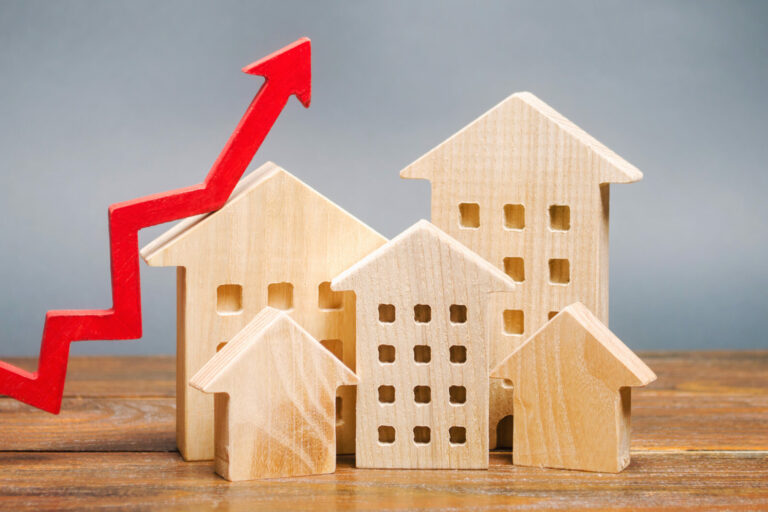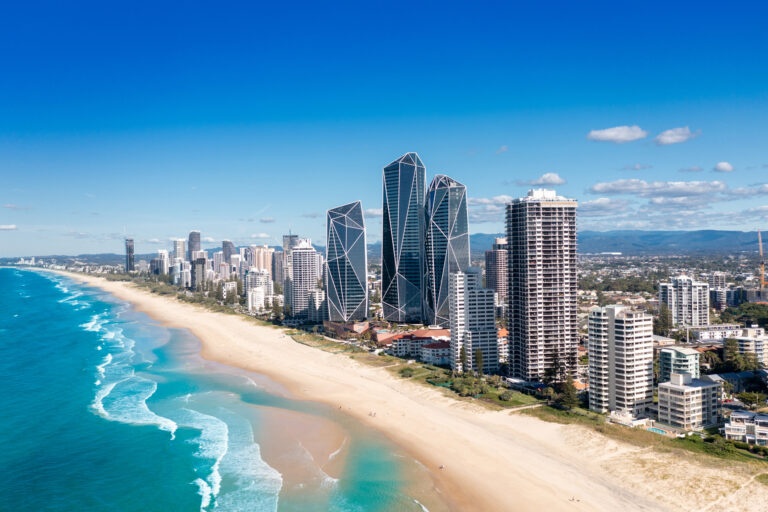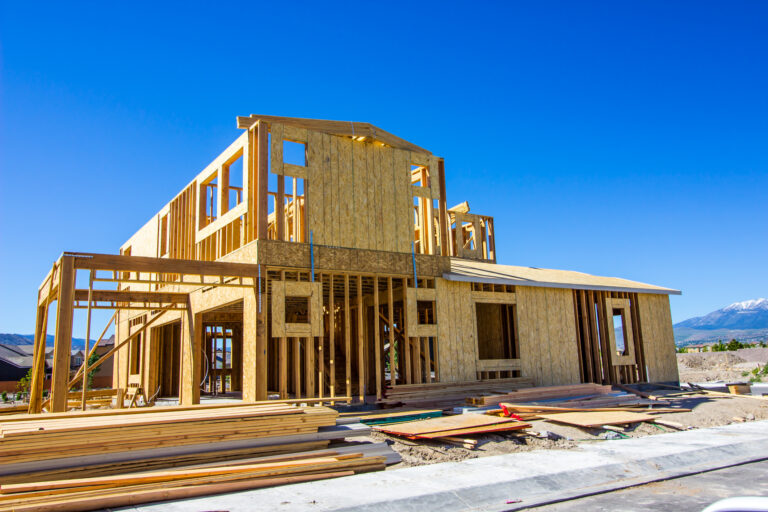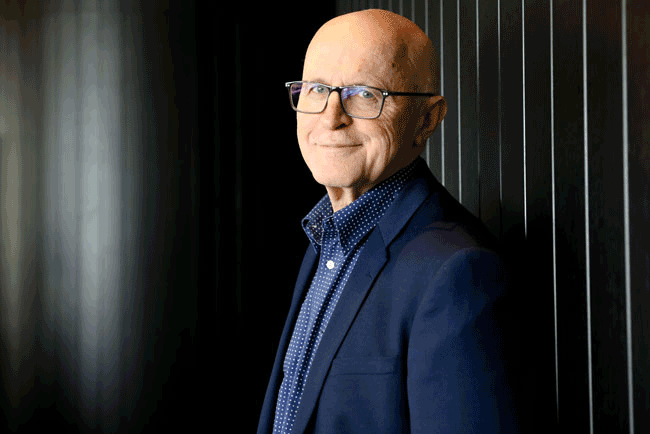Australian Property Update – March 2022

Terry’s View – Terry Ryder is Australia’s Leading Independent Property Researcher
Real estate statistics can tell different stories, depending on the mindset of the viewer. When CoreLogic publishes its monthly price data, it tends to view it with negative eyes because its motivation is to grab media attention.
Here’s how I see the data published on 1 March. Nationally, house values rose 0.7% in February, the 17th consecutive monthly rise. Media will focus on the low figures for Sydney and Melbourne, but the real news is the smaller capital cities and the regional areas. Most of the market jurisdictions recorded monthly rises of more than 1%, led by Regional Tasmania and Regional South Australia which rose more than 2%. Brisbane (1.9%) and Adelaide (1.8%) continue to lead the city growth, while Hobart (1.5%) and Darwin (1.2%) are still doing well.
Regional NSW (1.6%), Regional Victoria (1.3%) and Regional Queensland (1.8%) still have boom numbers. In the latest quarter Brisbane, Adelaide, Hobart and the regional areas of NSW, Victoria, Queensland, South Australia and Tasmania have all grown more than 4% in three months.
This means the boom continues in most markets.
Home Sales Comprise A Third Of Economy
The value of Australian dwellings sold in the past year now equals up to a third of the value of the national economy. Home settlement figures from conveyancing platform PEXA reveal a 57.3% increase in the value of settlements in 2021.
The total value of transactions was $688.7 billion, after home values increased at their fastest pace in 30 years. Across Queensland, New South Wales, Victoria, Western Australia and South Australia, the number of transactions in 2021 increased by almost 32%, substantially higher than the 7.2% increase recorded in 2020.
Analysts predict the value of Australia’s housing stock, which hit $9 trillion in October, will be much higher by the end of 2022 even though some believe the pace of property price growth will ease in some markets this year.
PEXA Insights chief data and analytics officer Scott Butterworth says the industry is unsure what affect the opening of international borders and return of migrants will have on the property market this year.
“We’ve had record volumes at a time when migration flows have been basically zero, so what happens when those borders are reopened?” Butterworth says. January figures show a 10% increase in settlements across Queensland, New South Wales and Victoria. In 2021, Victoria recorded the biggest increase in the value of settlements, followed by NSW and Queensland.
WA had the biggest increase in the number of transactions in 2021, with sales increasing 41.4% followed by
Queensland with 40.8%.
Shortages Will Lift Building Costs
The cost of building a home is tipped to keep rising at above average rates as timber and metal prices go up.
The latest Cordell Construction Cost Index predicts supply chain disruptions will keep costs rising at least in the first quarter of this year.
The report, which measures construction costs in the residential market, found that in 2021 building costs rose at their highest rate since March 2005, mainly because of the rising cost of timber.
CoreLogic head of research Tim Lawless says, with timber and metal products remaining in short supply, some projects this year will be delayed or run over budget.
“With such a large rise in construction costs over the year, we could see this translating into more expensive new homes and bigger renovation costs, ultimately placing additional upwards pressure on inflation,” he says.
A number of construction companies have folded recently as a result of the rising costs. Construction-industry insolvencies increased by nearly 40% in the December Quarter, compared with the previous quarter.
Costs rose fastest in the December Quarter in Victoria where they went up by 1.2%. In Queensland, Western Australia and South Australia it increased 1.1%, and in NSW by 1%.
Home-Owners Have Big Buffers
Home-owners have built such big buffers on their mortgages that an interest rate rise will not affect many, according to Reserve Bank of Australia Governor Philip Lowe.
Lowe told the Senate that after two years of forced savings, because few could travel during the pandemic, there was an extra $250 billion in Australian bank accounts.
As well as boosted savings, many mortgage holders have kept paying extra on their loans over the past few years.
“Three years ago, the median borrower had a buffer the equivalent to one year’s interest and mortgage repayments,” Lowe says. “Today the median borrower has a buffer of more than two years of mortgage payments.”
While many speculate the RBA will try to cool house prices with an interest rate rise, Lowe says there is no “silver bullet” solution to slowing price rises.
He says the supply side needs to be addressed and that includes releasing well-located land, having good transportation and improving policies on planning and zonings.
The other buffer protecting households from the impact of a future interest rate rise is the requirement on banks to assess borrowers on their ability to repay loans at higher interest rates.
The current buffer is three percentage points.





